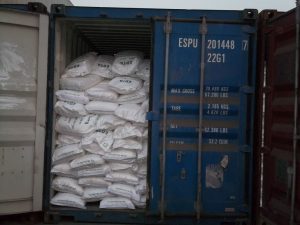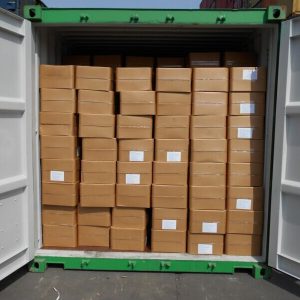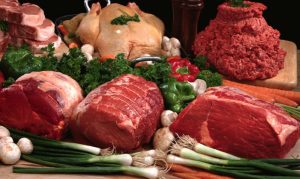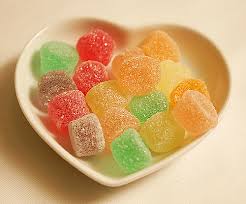EDTA can be used in Food, Beverage, Pharmaceutical, Health & Personal care products, Agriculture/Animal Feed/Poultry. EDTA is also known as ethylenediamine tetraacetic acid. It is a chelating agent, which means that its molecular structure allows it to bind to heavy metals. ETDA can be used to remove numerous metals from the blood, including lead,cadmium, tin, mercury, aluminum, chromium, manganese, zinc and arsenic. In industry, EDTA is mainly used to sequester metal ions in aqueous solution.
Ethylenediamine tetraacetic acid is white crystal powder, soluble in sodium hydroxide, sodium carbonate and ammonia solution, not soluble in cold water, acid and common organic solvents, and discomposed at 240°C. Mainly applied to complex metal ions, and separating metal; used as water-treating agents and scale-eliminating agents; capable of preventing the harmful effects on production caused by metal ions in water ; also used in the cleaning the boilers in large-scale power plants.
EDTA uses as follows:
In Food
EDTA can be used as chelating agent in food.
In Beverage
NA.
In Pharmaceutical
EDTA can be used as intermediate in Pharmaceutical.
In Health and Personal care
EDTA (ethylenediamine tetraacetic acid) can be used and can be found in moisturizers, skin care and cleansing products, personal cleanliness products, bath soaps, shampoos and conditioners, hair dyes, hair bleaches, and many other product types. EDTA can bind to metal ions which inactivates them. The binding of metal ions helps prevent the deterioration of cosmetics and personal care products. It also helps to maintain clarity, protect fragrance compounds, and prevent rancidity.
In Agriculture/Animal Feed/Poultry feed
NA.
In Other Industries
EDTA can be used as Chelating agents, complexing agents, analytical reagents.





